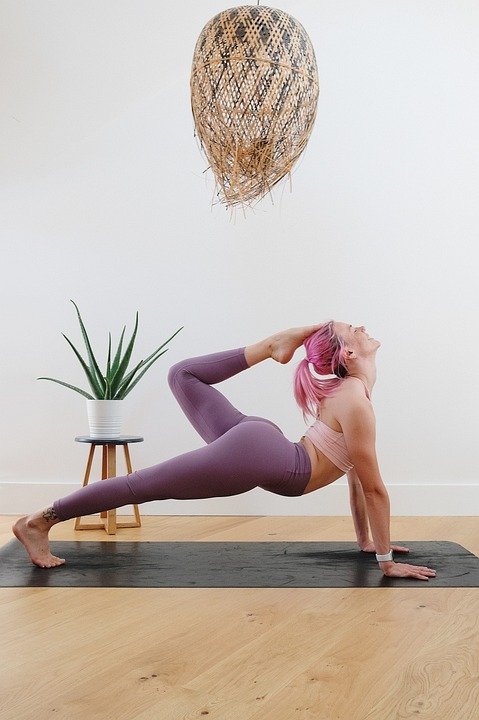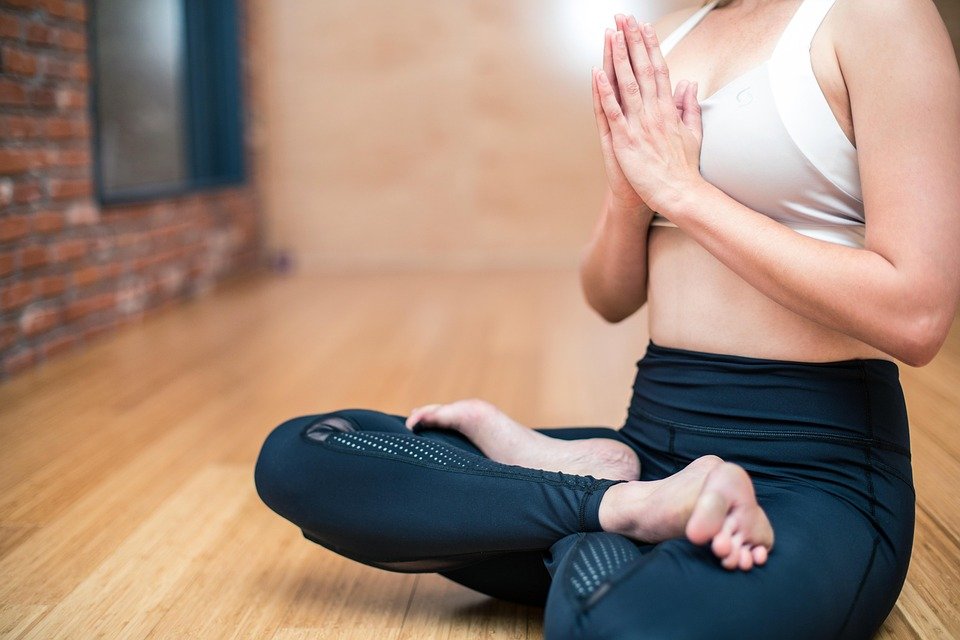Some strength training exercises never go out of style for one reason: they flat-out work, and the Parallel Bar Dip is one of those exercises.
Nicknamed the “upper-body squat,” dips target your triceps, chest, and shoulders with a range of motion and intensity that many other triceps exercises can’t match. Lean forward to engage your lower chest, an area many lifters find hard to develop. Keep upright, and you’ll build your triceps, improve your bench press, and fill out your sleeves.
Whether you’re training for aesthetics, performance, or upper-body strength, parallel bar dips should be part of your workout. Let’s review how to do them, avoid common mistakes, and program them for optimal gains.
What Are Parallel Bar Dips?
Parallel bar dips are an exercise performed between two bars that are roughly shoulder-width apart. Unlike machine-assisted versions or machine chest presses, dips require your body to stabilize and move freely, making them a better test of upper-body strength.
Gripping both bars with elbows extended, lower the torso to your desired depth, then press back up using your chest, shoulders, and triceps. The key is your body angle and depth, which allow you to emphasize either the chest or triceps, depending on your torso position.
- Slight forward lean with flared elbows? You’ll target the lower chest area more.
- Stay upright with tucked elbows? Your triceps take the brunt of the load.
Both variations enhance pressing lockout strength, build triceps strength and power, and improve shoulder stability—three key factors that contribute to enhanced pressing performance.
How To Do Parallel Bar Dips
The parallel bar dip isn’t a complex exercise, but dialing in your form makes the difference between building triceps or blowing out your shoulders. Here’s a step-by-step guide to do it right.
- Grip the bars firmly and press yourself into a locked-out position, keeping your shoulders down and back, while bracing your core and glutes.
- Slowly bend your elbows and lower your body between the bars with either a slight forward lean or a more upright torso.
- Stop when your elbows reach 90 degrees or slightly below, depending on your shoulder mobility.
- Push through your palms and extend your elbows to return to the starting position, keeping your shoulders in a good position and maintaining a tight core and glutes.
Parallel Bar Dips Muscles Trained
Parallel bar dips are a compound upper-body exercise that targets multiple muscle groups simultaneously. It’s not just about the triceps, as other muscles make the horseshoe magic happen.
- Triceps Brachii: Dips heavily train all three heads of the triceps, particularly the long head, which is often under-targeted in traditional pushdowns.
- Pectoralis Major (Lower Fibers): A forward torso lean targets the lower chest, a notoriously hard-to-grow area. The bottom of the move mimics the muscle recruitment of a dumbbell bench press.
- Anterior Deltoids: Stabilize the upper body and help the chest and triceps during both eccentric and concentric contractions.
- Rhomboids & Traps: Stabilize your shoulders during the lowering phase.
- Serratus Anterior: Works to keep your shoulder blades gliding along the ribcage and supports good shoulder blade movement.
Parallel Bar Dip Benefits
Parallel bar dips deliver results in the form of upper-body size and pressing strength. If you’re looking to build a stronger bench, develop thicker triceps, or achieve a defined chest, dips bring the heat.
Targets All Three Heads of the Triceps
Similar to chin-ups for the biceps, parallel bar dips put a serious load on the triceps through an extended range of motion. The movement targets all three heads of the triceps, particularly the long head, for a better horseshoe triceps look.
Targets the Lower Chest Muscles
If your pecs are lagging below the nipple line, dips are a goldmine. The forward lean stretch and deep bottom position target the lower chest, an area that many bench press variations don’t touch.
Develops the Muscles For a Greater Bench Press
Struggling with your bench or overhead pressing lockout? Dips mimic the elbow extension of a press and strengthen the teamwork needed between the shoulder and triceps required to complete a rep.
Builds Strength Balance and Control
No machines. No bench. You versus gravity. Doing bodyweight dips builds strength, balance, and control, making it a favorite among calisthenics athletes and bodybuilders alike.
Common Parallel Bar Dip Mistakes and Fixes
Parallel bar dips can build you up or tear you down, depending on how you do them. The difference between results and regret usually comes down to these factors.
Reduced Range Of Motion
Cutting the range of motion short by only dipping a few inches due to either discomfort or lack of relative strength to complete the rep.
The Fix: Lower until your upper arms are at least parallel to the floor, or slightly below if mobility allows. That full stretch recruits the maximum fibers in the chest and triceps. If you’re having issues, the assisted variations will also help build strength.
Flaring the Elbows
Some lifters, to target their lower chest, allow their elbows to drift too far out to the sides, which can stress the shoulder joint.
The Fix: Maintain an elbow angle of 45 degrees to achieve a balance between chest and triceps activation, without compromising shoulder health.
Shrugging the Shoulders
There is a tendency to elevate your shoulders near your ears during the concentric contraction due to fatigue or a lack of strength.
The Fix: Make a conscious effort to keep your shoulder blades pulled down and back the entire time. Doing this engages the lats and stabilizers while protecting your neck and traps.
Letting the Anterior Shoulders Glide Forward
As you lower into the dip, the front of your shoulders glide forward, placing stress on the anterior deltoids and rotator cuff. This glide is one of the primary reasons dips can feel uncomfortable or painful in the shoulders.
The Fix: Keep your chest up and shoulders retracted throughout the movement. Consider “opening up” your chest and maintaining tension in your upper back to prevent the shoulder glide.
How To Program Parallel Dips Into Your Workout Routine
Whether you’re aiming for a stronger bench, overhead press, or bigger arms, the sets, reps, and how and when you perform them can be adjusted to suit your needs.
When to Perform Dips
- After your main pressing exercise, as an accessory lift
- As your primary upper-body push
- At the end of your session, for high-rep pump work or mechanical drop sets.
For Muscle: 3–4 sets of 10–15 reps using bodyweight or moderate added load.
For Strength: 3–5 sets of 4–8 reps with weight added via dip belt.
This post is brought to you by: Source link
How To Do Parallel Bar Dips for Ultimate Upper-Body Strength, 2025-08-05 13:27:00















